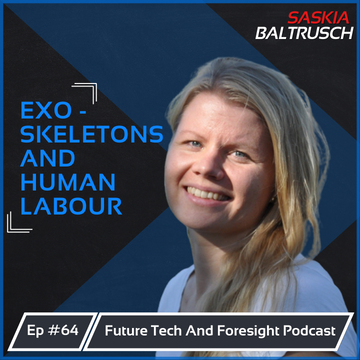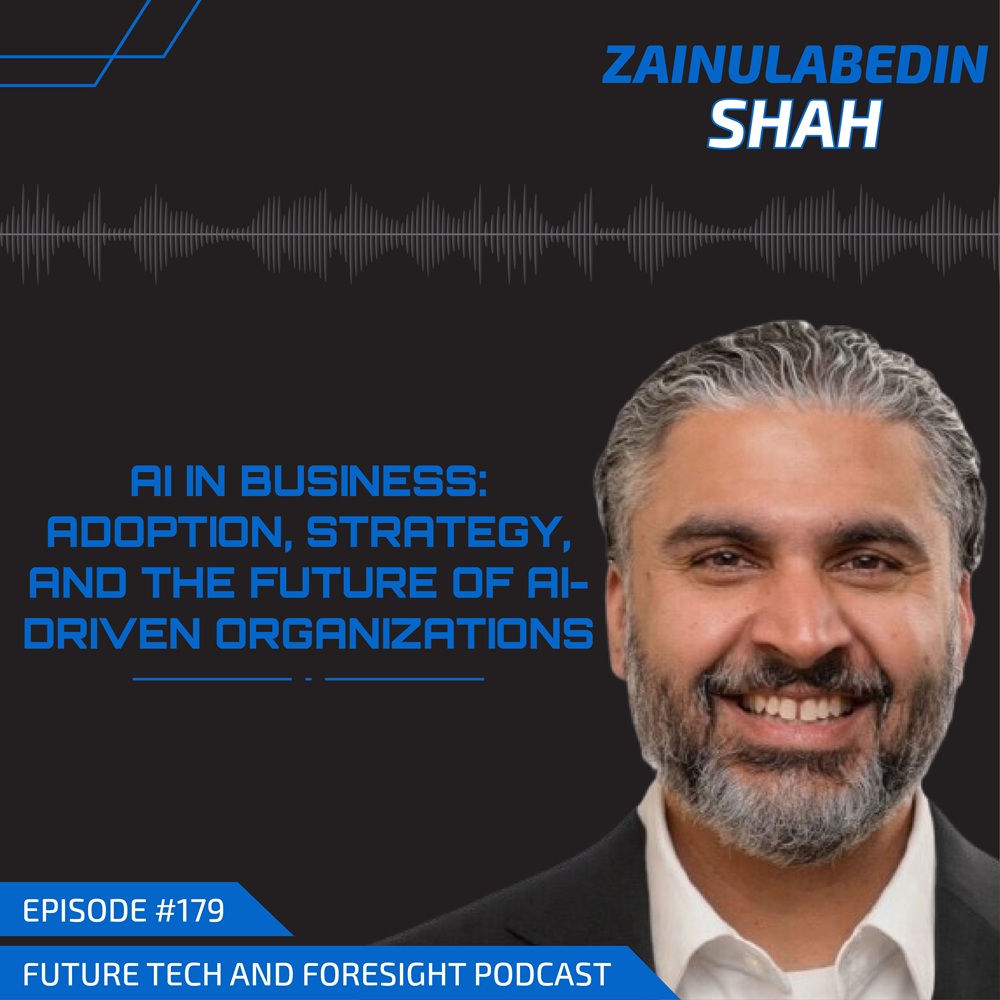About The Guest
Dr. Saskia Baltrusch is working as a research scientist at TNO in the department of Sustainable
Productivity and Employability. By conducting research in the field of new technologies in the
working environment, such as exoskeletons and cobots, she aims to enhance the health of
employees. Her current projects focus on accelerating the adoption of exoskeletons into industry
and on human-robot interaction and its effect on job quality.
Saskia obtained her PhD at the Vrije Universiteit Amsterdam in 2020. For 4 years she was working on
the development and evaluation of a passive trunk exoskeleton for low-back pain prevention and
vocational re-integration. Her work resulted in multiple publications in international peer-reviewed
journals, as well as numerous presentations at national and international conferences. With her
expertise in Human Factors, Biomechanics and Ergonomics she supports TNO to boost productivity,
health and comfort of employees.
Doctoral thesis : https://www.publicatie-online.nl/publications/saskia-baltrusch/
Publication List: https://scholar.google.nl/citations?user=F0zzo5kAAAAJ&hl=de
LinkedIn: https://www.linkedin.com/in/saskiabaltrusch/
About The Episode
Over the course of the podcast discussion, a number of trends have come up. One of the central ones is whether certain technologies automate or augment work. And if you have listened to some of the previous discussions this is not always easily discernible with the technologies under question. Today’s episode however, looks at perhaps the clearest example of augmentation via exoskeletons. Most people that hear of an exoskeleton the first time might initially visualise something like an Iron man suit, or the large and bulky suits from other movies like Alien 2 or the Tom Cruise film the Edge of Tomorrow. Though the real world suits are much less imaginative, and deadly, they do however serve to support people in a wide range of environments and movements. My guest today to talk about this technology is Dr. Saskia Baltrusch. Saskia and I actually work on a European project, Exskallerate, to both improve current industrial exoskeletons, and help European SMEs accelerate their adoption. And though the project focuses on passive exoskeletons, our discussion also covers active ones, while also touching on military applications, and the possible future versions of this supportive technology.











